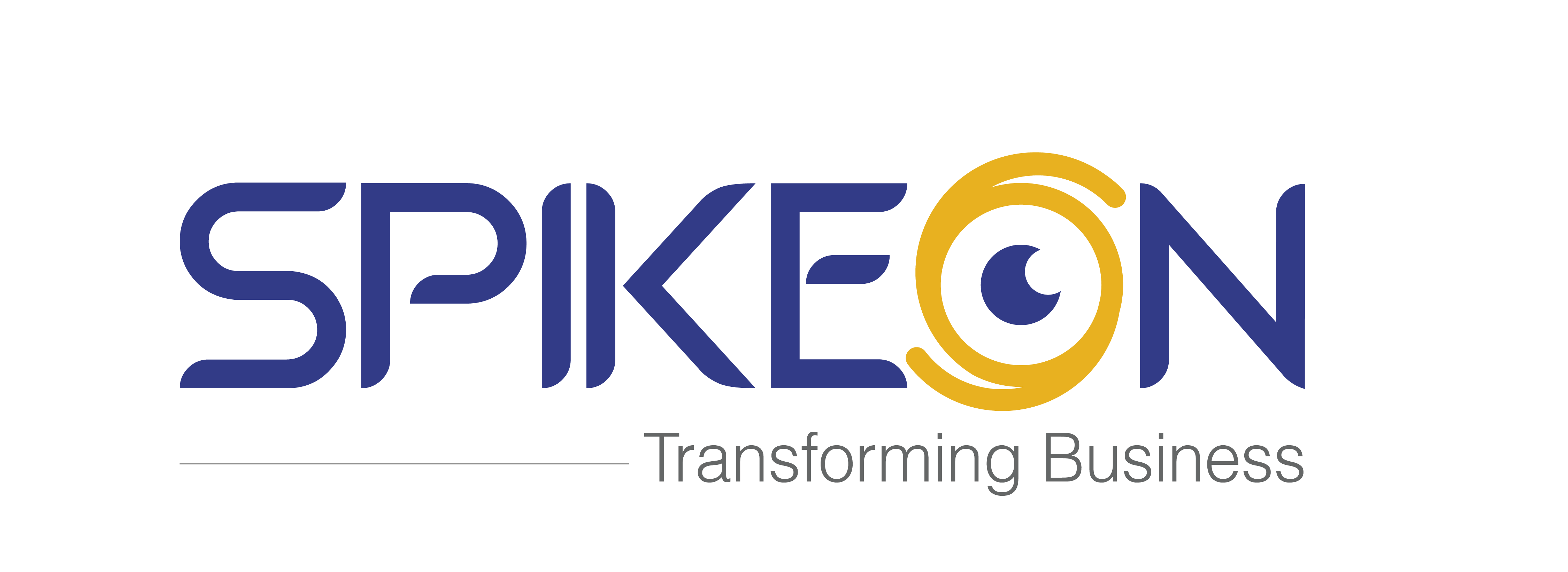The world of marketing is literally evolving every minute, since it is no longer controlled by traditional selling and promotional activities. Trends come and go, algorithms change, and a new platform emerges to control the digital world almost every year.
Technological advancements and digital platforms drive the forthcoming marketing approaches, making it more dynamic, interactive, and multi-channeled. Digital advertising is becoming increasingly important for expanding and achieving remarkable business success as customers get more comfortable purchasing online.
However, in order to compete in the digital world, marketers need to create campaigns that connect with their target consumers. This requires brands to understand their target market, strategize, and execute marketing programs in order to enhance user presence, brand loyalty and achieve marketing goals.
Mastering the Fundamentals: Key Concepts in Digital Marketing
A Closer Look at Digital Marketing
Digital marketing is an enormous and dynamic subject that surrounds all marketing efforts and activities performed using digital channels, platforms, and technologies in order to connect and interact with target consumers. It advertises products, services, and ideas using the internet, electronic gadgets, and various digital channels.
Digital Marketing vs. Conventional Marketing
Traditional marketing and digital marketing are two distinct approaches used for marketing products or services, each with its own set of features and characteristics. The following are the fundamental differences between the two strategies:
| Basis | Digital Marketing | Traditional Marketing |
|---|---|---|
| Meaning | Digital marketing is the marketing of goods or services using digital channels such as the internet, smartphones, display advertisements, and other digital media. | Traditional marketing is a marketing approach that leverages conventional channels or media for marketing and communication purposes. |
| Conversion | Comparatively Fast | Slow |
| Engagement | Comparatively High | Low |
| Targeting | Customized | Standardized |
| Measurement (or Tracking) | Can be measured easily | Cannot be measured or tracked easily |
| Reach | Accessible to global audiences | Restricted to local targeted audience |
| Interruptions | Consumers can avoid or skip the adverts | Consumers have no choice to skip the ads, as they are bound to see them |
| Communication | Two-way communication | One-way communication |
